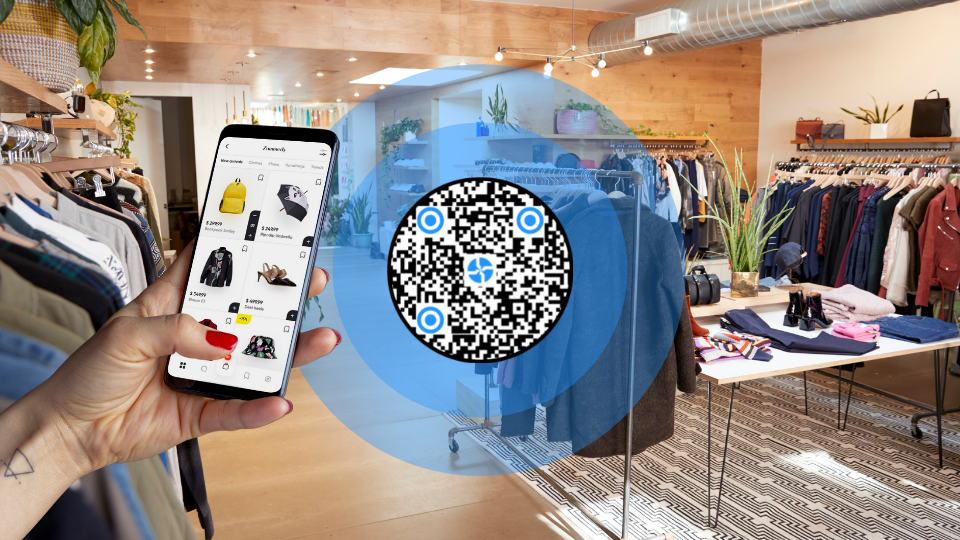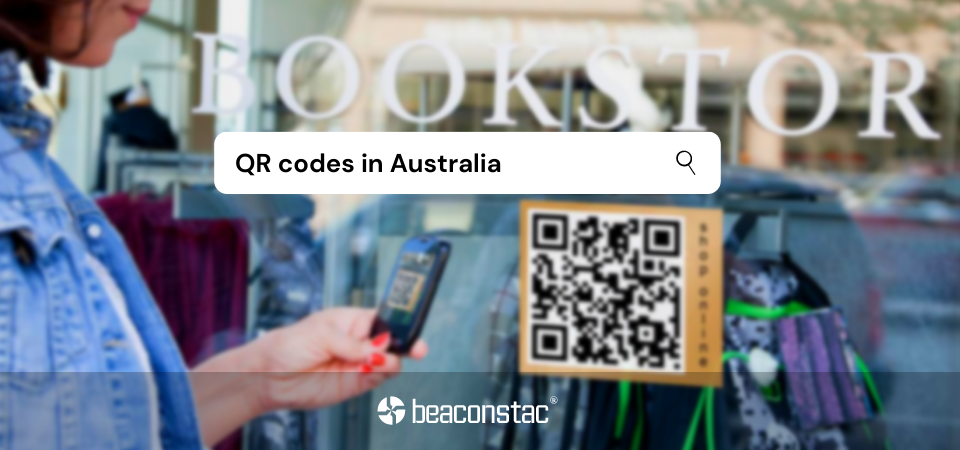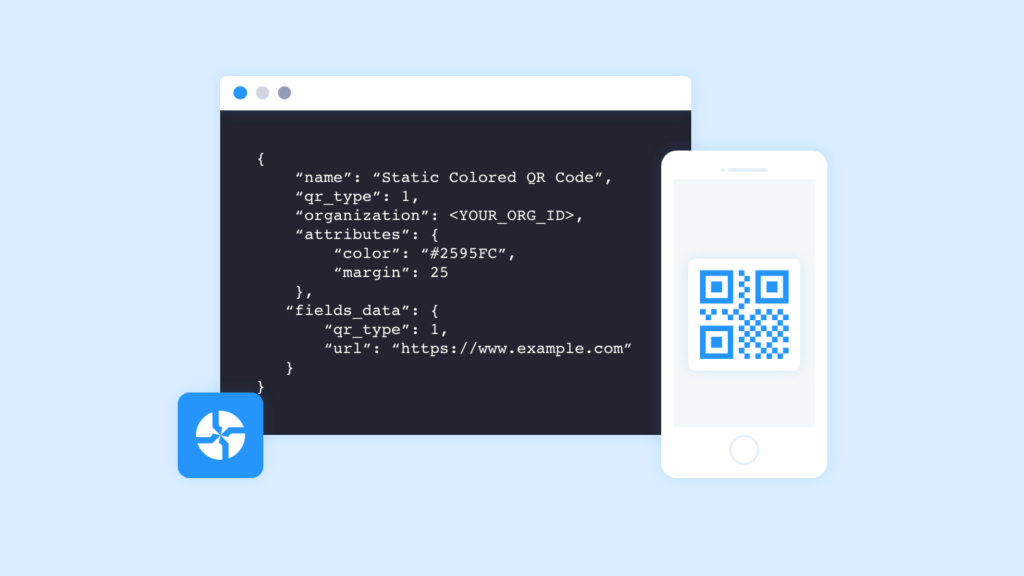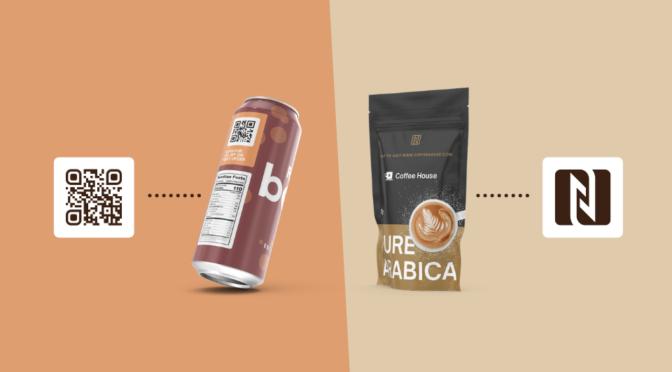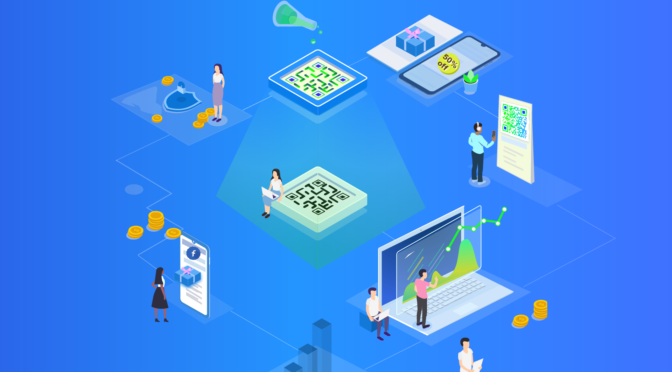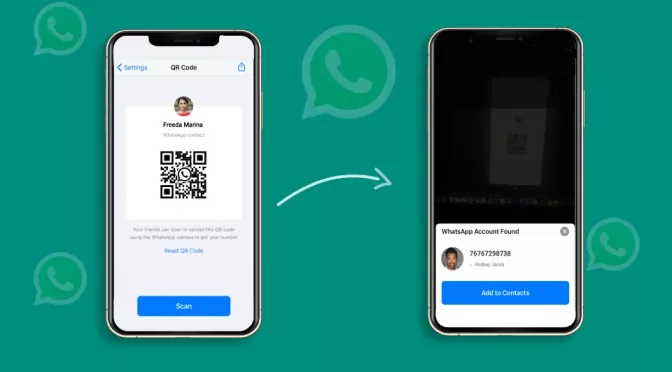The advances in virtual imaging have allowed businesses to offer access to their services round the clock. Nearly all industry verticals can benefit from a virtual tour.
Renters and home buyers want a sneak preview of a property they are interested in. Potential students want to discover their dream college, and retailers can show off their customers of the latest collection – all with virtual tours.
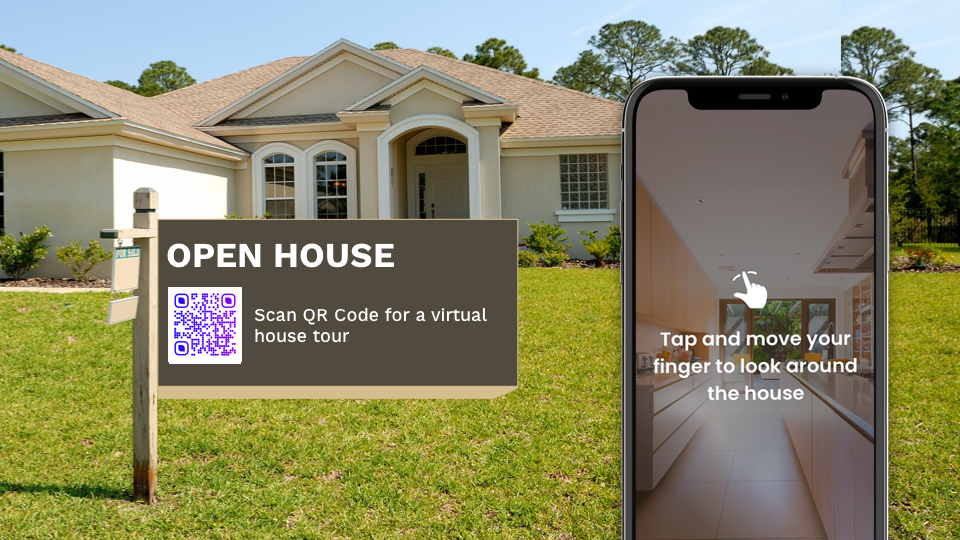
Virtual tours are the easiest way to showcase a business and its offerings, which can be implemented on several platforms without splurging too much money.
The pandemic has mostly seen a surge in virtual tours – think of Zoom, WebEx, and virtual reality development to help users connect without contacting one another.
QR Codes for virtual tours are designed to allow clients to step inside a business from any device and help businesses make more money. Virtual tours have been around for a long time, and business owners should start to realize the importance of having a virtual tour as part of their business model.
How to create QR Codes for virtual tours
To set up a virtual tour for any purpose, follow these simple steps –
1. Choose an online QR Code generator

Choose an online QR Code generator like Uniqode to get started.
2. Pick website QR Code


Click on Website QR Code, grab the URL of the video, and paste the link in the box.
3. Customize the QR Code

Customize the QR Code by changing the template, eyes, adding a video logo, and CTA.
4. Generate and test the QR Code

Generate and test the QR Code to check if the QR Code is working correctly or not.
5. Download the QR Code

Download the QR Code in any of the formats – PNG, SVG, PDF, or EPS.
Virtual QR Codes: Where can QR Codes for virtual tours be leveraged?
1. Real estate

What better way to showcase a property from anywhere in the world with a virtual tour via QR Codes?
Save time for potential buyers from visiting a property by including QR Codes on your website, banner, or yard signs to showcase the best features of any property they are interested in.
Real estate listings with a virtual tour get 87% more views.
RELATED: How to leverage a YouTube QR Code on real estate signs to offer convenient virtual home tours
Buyers typically want to gather as much information as possible before investing in a property such as nearby shopping centers, community halls, or parks. Include vital information with the virtual tour to help potential buyers zero in on the property.
Redirect the real estate QR Code to a video and attach aesthetically pleasing photos of the property so buyers can view it at their convenience.
Kimberly Porter, CEO, Microsoft Summit, declares that virtual tours are becoming increasingly common, especially since the pandemic. She says, “I have used many virtual tours from QR codes while looking for a new house. While I can still view the outside of the property, it is the interior that is generally done via a virtual tour.”
Read about top real estate agents using QR Codes.
2. Museum tours

A typical tour through a museum includes selected objects to experience, guided tours, and history. An interactive tour guide is not always available, or sometimes may be delayed.
Besides, while some visitors prefer an elaborate tour with a guide present, others don’t.
In any case, making use of QR Codes for a virtual tour in museums can help visitors learn about any specific part of the museum in-depth, detailed tour covering essential aspects of the museum, and even include an audio guide.
Embed QR Codes on the museum website, brochures, and even kiosks for easy access.
Michener Art Museum has embedded QR Codes on their art installations by placing them around Doylestown Borough. The outdoor exhibit titled ‘Painted Down’ features a QR Code that leads to an audio interpretation of the art once scanned.

2. Colleges and universities

The UW-La Crosse admissions department has a virtual tour of their campus via a curbside approach by including QR Codes on their brochures. The QR Codes allow students and parents to digitally explore various campus locations, all with their smartphones’ convenience.
QR Codes for virtual tours to view college and university campuses is a great way for potential students to learn, interact, and view the campus from anywhere across the globe.
Most universities cater to a large number of international students, and helping them out with virtual tours of the campus with QR Codes can help students and parents.
Include QR Codes for virtual tours on the university website, email newsletters, and even on campus for students to instantly learn about the campus.
Read how schools and universities can make use of QR Codes for innovative learning in classrooms.
Also, check out this guide on how teachers can efficiently utilize QR Codes for attendance tracking.
3. Tourism

The tourism industry is one of the most thriving sectors of the economy in any country. But they also lack the usage of the latest technology tools to help visitors understand the history, navigate around the place, or even learn about the local traditions.
QR Codes can help the city administration of the tourism industry to cater to their visitors better by embedding them on popular historical sites, eateries, and roads so visitors can simply scan the QR Code to learn more about the places they visit.
You can make a QR Code link to a Youtube video or a website that includes essential information about the city, local connections, tourist attractions, and guidance.
San Lucas Island in Costa Rica has implemented QR Codes at sixteen different points. Visitors can simply scan the QR Code to learn more about the history, flora, and fauna of each of the trails or architectural sites on the island.
4. QR Code virtual tours in restaurants

Most restaurants and hotels display their decor and services on social media with a tour of the place tucked away with other posts.
Potential customers have a hard time finding the video in case they want to visit the video. They end up using Google or some other unreliable media outlet that does not hold complete information.
Make use of QR Codes on the restaurant’s website that shows visitors a virtual tour of the restaurant, cooking methods, and a great variety of offerings. Additionally, you can even create a free menu QR Code and place it on tables to enable an easier dining experience.
Read how QR Code menus can be used in restaurants for safe and contactless dining.
6. Retail

Brick and mortar retail stores take to social media to reveal new products to cater to their audiences, usually getting lost in a myriad of other promotion campaigns.
To distribute products and services to a broader audience base quickly, QR Codes can be embedded onto official websites, brochures, and even at the store to give a virtual tour of the latest product release, different ways of using a product, and even distributing them as a part of product commerce.
7. Virtual QR Codes in healthcare

The healthcare industry, especially the pharmaceutical and hospital sector, can leverage QR Codes, not for patients, but for other use-cases that help their staff be regularly updated on new equipment, procedures to use modern equipment, surgical processes, and even for inventory management.
Anton Yarovoy, Director, Precision Medicine, says, “I focused on training the sales team around using QR to transition to virtual interactions and leveraging existing QR codes as part of patient assistance.”
QR Codes in the healthcare industry can be embedded onto the staff ID cards or websites exclusively for the staff that redirects them to educational videos, training tours, and other relevant information.
QR Code tours are the next big thing.
The pandemic has kickstarted an online-everything trend that has snowballed into a behemoth. Virtual tours keep people on a website 5-10 times longer – they get 5 million visits a day because they spark an interest that helps with customers’ decision-making.
Virtual tours can help businesses target potential customers with a greater reach, focus on critical areas, garner more interests, and help in brand recall. Several popular brands such as Nike, Sephora, and Zoho have already switched to QR Codes for virtual tours that have helped them witness success and reach greater heights.
With the rapidly increasing competition, it is necessary to include virtual tours with the help of other technologies such as virtual reality and augmented reality to strengthen marketing and promotional strategies to a greater extent.
Frequently Asked Questions
1. How do I scan a QR Code with a virtual machine?
To scan a QR Code, simply launch your camera application on your smartphone, align the camera with the QR Code and scan the QR Code. If the QR Code won’t scan, try moving back and hold the smartphone straight and then scanning the QR Code.
If your smartphone does not support in-built QR Code scanning, download a third-party QR Code scanner to scan QR Codes easily.
2. Can I generate my own QR Code?
Yes. You can create your own QR Code with the help of an online QR Code generator. To create your own QR Code –
- Go to an online QR Code generator like Uniqode
- Choose the type of QR Code
- Fill in the details
- Customize the QR Code to add a logo, change background color, eyes, and template
- Generate and test the QR Code
- Download the QR Code
3. How do I create a QR Code for an invitation?
To create a QR Code for an invitation –
- Go to an online QR Code generator like Uniqode
- Choose the type of QR Code for your invitation such as location QR Code, URL QR Code, or Facebook QR Code
- Fill in the details
- Customize the QR Code to add a logo, change the background color, eyes, and template
- Generate and test the QR Code
- Download the QR Code
-
With brands expanding their presence on omnichannel platforms to reach more audiences, learn how QR Codes help brands sync their online and offline marketing strategies to close the loop seamlessly.
-
Trying to build a loyalty program for your brand? Look no further! Check out this complete guide on the best customer loyalty platforms to help pick the best one and foster long-term brand loyalty effectively.
-
Struggling to improve in-store sales and shelf performance rate for your brick and mortar retail store? QR Codes for planograms are the answer you’re looking for.
-
Looking for a design software that fits your requirements? Check out this detailed guide on product packaging design tools with helpful information on how to create an effective packaging design.
-
What led to the surge in the usage of QR Codes in Australia? Is it because of contact tracing or payments? What does the future hold? Let’s find out.
-
Want to know how to add a QR Code API to your app without complex troubleshooting? Read to find out!








